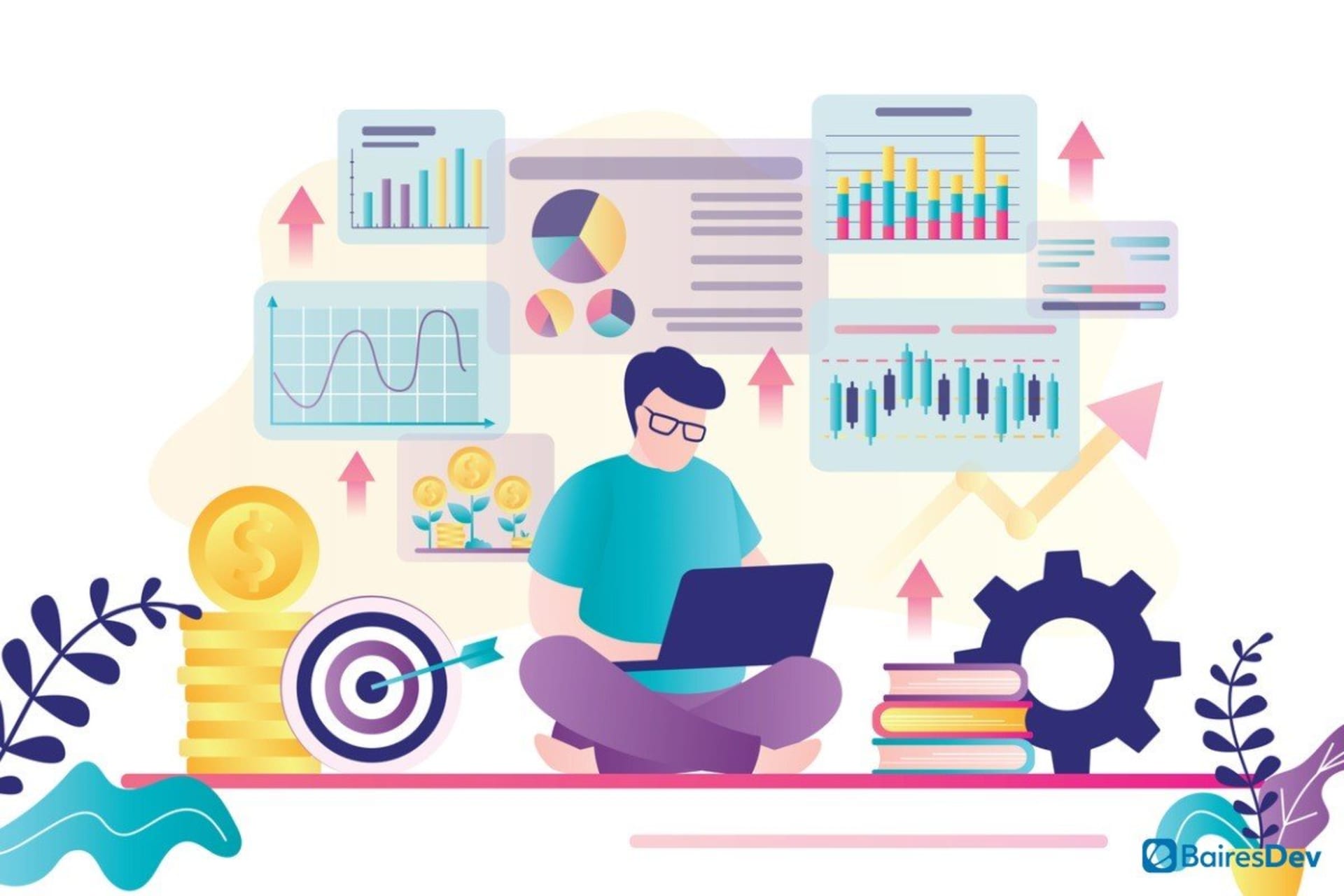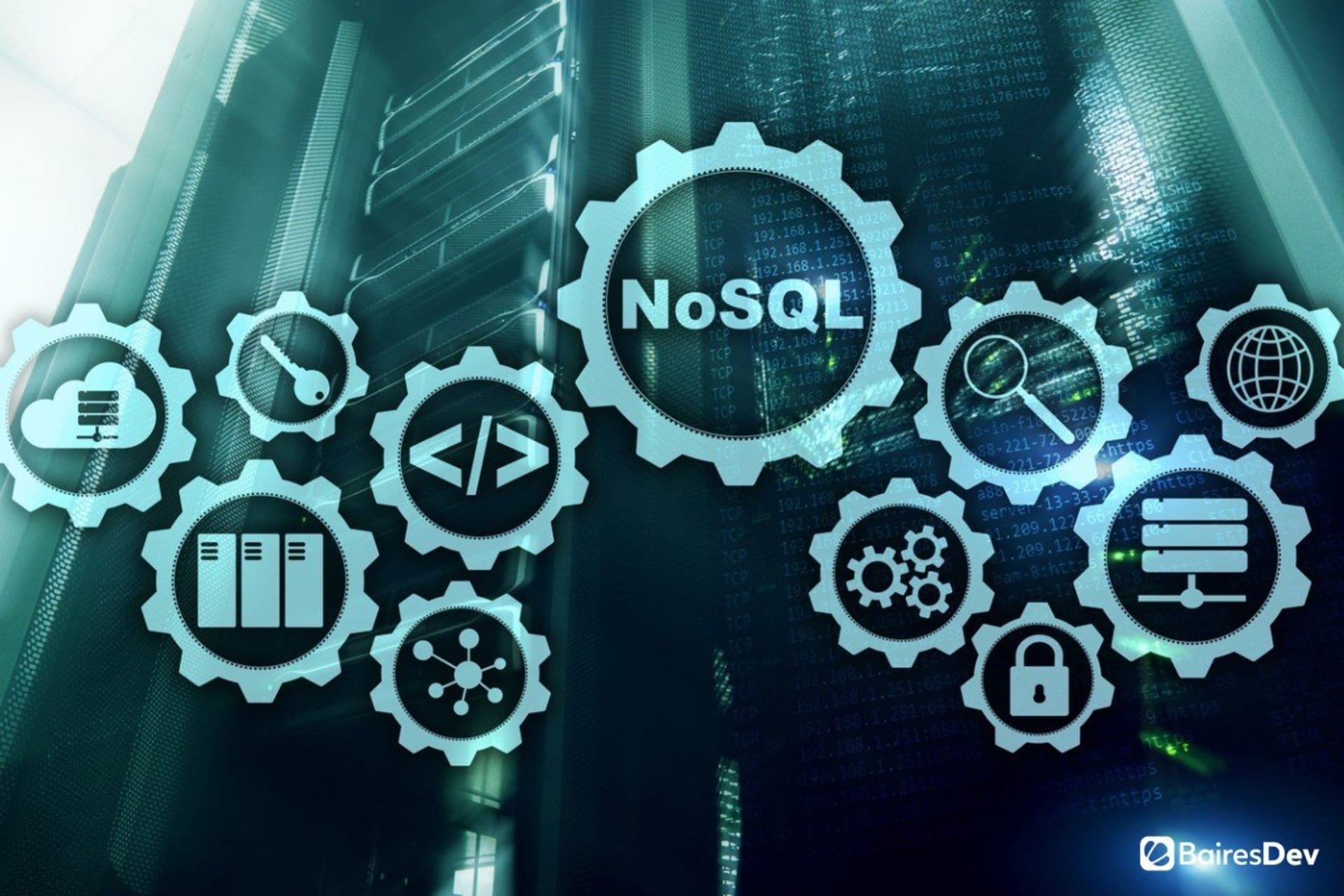Executives across industries face the same reality: your organization generates more data every week than it did in entire years a decade ago. But without a workforce that can interpret and act on it, that data is a liability—expensive storage, scattered dashboards, delayed decisions.
For business leaders and engineering executives, the challenge isn’t only building infrastructure. It’s making sure people across the organization have the confidence and ability to turn raw data into actionable insights. A data literate workforce is what makes a data-driven culture possible. Without it, analytics teams become bottlenecks, decisions stall, and investments in tools never pay off.
This article unpacks why data literacy skills have become critical for modern enterprises, where it delivers the most impact, and what practical steps leaders can take to build a sustainable and successful data literacy program.
From Raw Data To Strategic Decisions
Data literacy isn’t about teaching everyone SQL or statistics. It’s about giving employees the ability to question numbers, interpret meaning, and communicate insights in a business context.
Consider a product manager evaluating customer churn. Without literacy, she might forward the report to the analytics team and wait weeks for interpretation. With literacy, she can use existing dashboards, understand the model’s assumptions, and decide whether to adjust pricing or feature rollout—days faster.
That shift happens when employees develop three capabilities.
First, they must understand what data means, where it comes from, and how it’s governed. This includes recognizing the difference between correlation and causation and trusting that governed data reflects a single source of truth.
Second, they need the confidence to analyze and interpret results, moving beyond surface metrics to connect numbers back to business context.
And third, they must be able to communicate insights in a way others can act on, translating raw output into data visualization stories that create alignment across teams.
These skills turn data from background noise into a daily decision-making asset.
Why Data Literacy Is A Business Imperative
Most leaders don’t need convincing that data matters. What’s often overlooked is how poor data skills quietly erode performance. Decisions slow because teams wait for reports. Executives misinterpret dashboards in board meetings. Compliance gaps emerge when regulated reporting can’t be explained consistently. Marketing campaigns stall because actionable insights aren’t understood in time.
This isn’t theoretical. A 2023 DataCamp report found that 89% of UK leaders and 78% of US leaders say basic data literacy skills are critical for daily tasks. Yet, KPMG research shows only 21% of employees and 34% of leaders feel confident analyzing data. That gap explains why even the best data analytics platforms often sit underused.
Meanwhile, the payoff for getting data literacy skill-building right is clear. Nearly 92% of organizations saw measurable value from analytics investments in 2023—up from less than half in 2017—and still growing.
Organizations that close the literacy gap don’t just move faster; they avoid costly mistakes and unlock the value of the infrastructure they’ve already invested in.
Industry Contexts Where Data Literacy Pays Off
The value of data literacy skills shows up differently depending on context, but the outcome is consistent: speed, confidence, and reduced risk.
- In financial services, risk teams able to read their own dashboards can identify fraud patterns in days rather than weeks. Without those skills, anomalies slip through until regulators or markets intervene.
- In healthcare, administrators who understand patient flow data can adjust staffing proactively, reducing bottlenecks before they become safety issues. By contrast, organizations without literacy face lagging decisions and elevated compliance risk.
- For SaaS and technology companies, the impact is felt in delivery velocity. Product teams that understand usage metrics can prioritize features faster, while marketing teams can interpret campaign performance in real time instead of waiting for analysts to explain the data weeks later.
- In human resources, the ability to work directly with people data analytics has become a differentiator. According to SHRM, 62% of organizations use HR analytics for workforce planning. When HR leaders are data literate, attrition analysis becomes a driver of retention strategy rather than a backward-looking report.
The following table highlights the gap between leadership intent, workforce readiness, and ROI in several key industries.
|
Leaders recognize the importance of data literacy but skills remain concentrated in analytics teams. Employees outside those groups rarely feel confident using dashboards. Foundational literacy comes next: basic training reaches more roles, and teams start to incorporate data into routine decisions. Yet application is uneven. In fact, Datacamp’s 2023 survey found that only 10–11% of functions like finance, sales, and marketing had even this level of training. |
|
Respondents to Gartner’s 2024 CDAO Survey listed poor data literacy and other skills gaps among their top roadblocks. To combat this issue and foster a data-driven culture within their organizations, many leaders have launched successful data literacy programs. 83% of CDAOs report that their organization either has a data literacy program in progress or is planning to deploy one within the next 12 months. |
|
Employees learn through context, working with their own datasets—finance teams with reports, product teams with usage logs. Adoption grows because learning is directly relevant. Finally, embedded culture emerges when data literacy becomes part of the organization’s DNA. At this point, employees across functions question assumptions, communicate insights, and collaborate through a shared data language. Leadership sees faster execution and stronger alignment. |
|
Gartner’s 2024 CDAO Survey found that poor data literacy remains a top roadblock, but progress is accelerating: 83% of CDAOs report that their organizations already have a data literacy program in progress or plan to launch one within 12 months. The maturity curve is no longer optional—it’s becoming table stakes. |
Building A Pragmatic And Successful Program
For VPs of Engineering and CTOs, the path forward doesn’t require a massive transformation plan. What it requires is a phased, role-aware approach.
Start with assessment and segmentation. Different roles demand different skills. Engineers, product managers, sales, and finance all interact with data in distinct ways. Map those needs before designing training. From there, deliver contextual training. Skip abstract exercises and use your own organizational data. A sales manager who practices data wrangling on her pipeline is far more likely to retain and apply the skill.
Next, invest in tools and governance. A literacy program will collapse if the data itself isn’t trustworthy. Clean pipelines, accessible dashboards, and clear governance rules are what give employees the confidence to use data independently. At the same time, encourage critical thinking. A workforce that asks “why?” when confronted with unexpected results is one that can challenge assumptions and find stronger answers.
Finally, track progress. Don’t limit measurement to course completions. Look for changes in behavior: more independent dashboard use, more confident decision making, more frequent references to insights in strategic discussions. These are the signs that literacy is taking hold.
A program structured this way balances speed and sustainability. It builds capability where it matters most—at the intersection of data and daily business decisions.
Lessons From The Field
The difference between theory and practice becomes clear when you look at real organizations.
A global retailer invested heavily in predictive models, yet adoption lagged. Merchandising managers didn’t trust dashboards and defaulted to spreadsheets. After rolling out a targeted literacy program focused on understanding governance and visual interpretation, adoption climbed 40%. Forecast accuracy improved, and out-of-stock incidents dropped significantly within a year.
A healthcare provider faced a different challenge. Clinicians lacked confidence in interpreting patient safety dashboards, leading to delays in interventions and raising compliance concerns. A modest literacy project trained staff to analyze trends and communicate insights more effectively. The result: quicker responses and measurable improvements in patient outcomes—all while staying within strict regulatory frameworks.
These examples illustrate a broader truth: the tools already existed. What was missing was a workforce confident enough to use them.
Preparing For The Future
The workforce is shifting quickly. LinkedIn’s 2024 Workplace Learning Report ranks data literacy and data analysis as top skills sought by employers worldwide. Demand extends far beyond technical roles—marketing, finance, HR, and operations increasingly require baseline competence.
Regulatory pressure is also intensifying. From finance to healthcare to consumer privacy, leaders must not only collect and store data responsibly but also prove employees can use it effectively. Without that, compliance and reputational risks grow.
The companies that thrive won’t simply be those with the best infrastructure; they’ll be the ones with a workforce capable of interpreting, communicating, and acting on data to drive business strategy.
The Mandate For Business Leaders
For VPs of Engineering and CTOs, data literacy isn’t another “soft skill” initiative. It’s the lever that turns infrastructure into impact. It accelerates delivery, strengthens compliance, and builds a competitive advantage in markets where speed matters.
The real question isn’t whether to invest in data literacy. It’s how quickly you can move your organization up the maturity curve—before competitors do.






